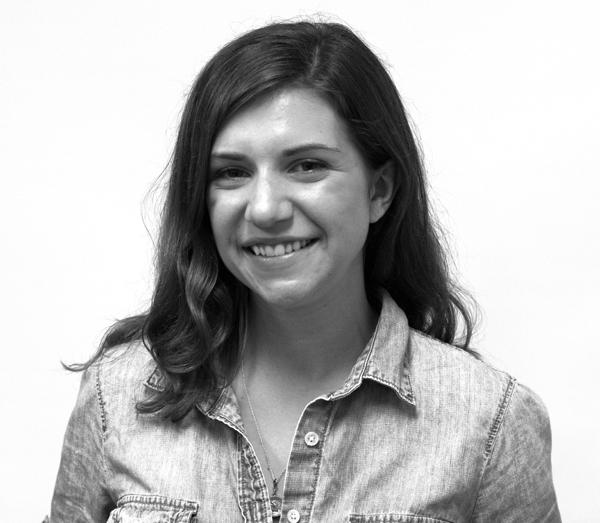 The new year provides the University the opportunity to make necessary yet achievable resolutions to better this campus. One area we undoubtedly need improvement in is the relationship between pedestrian, driver and biker – really, campus traffic as a whole.
The new year provides the University the opportunity to make necessary yet achievable resolutions to better this campus. One area we undoubtedly need improvement in is the relationship between pedestrian, driver and biker – really, campus traffic as a whole.
I have taken my time in writing a biking column. There have been many columns and letters for and against bike riders, but none have offered serious suggestions of improvement.
The relationship between car and bike is sensitive and full of misunderstandings. For one, when a biker errs in traffic, drivers tend to blame the bike-riding community as a while, verses bikers, who see each mishap between motorist as that of an individual. Yet bikers often don’t realize the stress they cause drivers by popping out from behind other cars in parking lots.
But the challenges Tuscaloosa bicyclers face – from the awkwardness of handling a bike through a crowd of students to the danger of riding alongside cars – is made more difficult because of the lack of official policy for bike riders on campus.
For me, biking is usually faster than if I were to drive. And as a bonus, I’m adding more exercise to my day and one less car to the traffic.
But I leave my bike ride feeling rattled like a metal ball in a pinball machine, moving between obstacles of cars, construction, potholes and pedestrians. The greatest source of my frustration is the lack of bicycle etiquette, for both biker and driver.
As residents of Tuscaloosa, bikers have a responsibility to obey the laws of the road, but because Tuscaloosa and the UA campus are not universally bike-friendly, the correct choice of action is hazy.
While there are some possibilities that would require UA administration to get involved in making campus safer and more efficient – such as closeable gates and a walking campus – I am going to assume the solution to biking and traffic on campus must come from the acts of the students themselves.
To form a biker-driver-pedestrian code of etiquette I reached out to Dan Hall and Jason Capley, owners of Queen City Cycles to help form a solid list of do’s and don’ts. We considered the challenges for bikers and those around them, as well as the pre-existing rules of bike etiquette. Then considering Tuscaloosa roads, they advised necessary adjustments.
The law says a bike is treated the same as a car. And so, like cars, bikes need to obey stop signs, traffic signals and street signs. That may translate to an annoying stop of momentum for bikers, but safety and consideration trump that. Like cars, bikes must yield to pedestrians at crosswalks. Yet unlike cars, bikes should use these crosswalks to cross, instead of in the middle of the road.
In addition to “staying passive,” bicycle riders need to purposefully stay visible.
On campus, there are bike lanes. Bike riders should ride close to the left side of the lane to make themselves as visible as possible. And for car drivers, this means leaving the bike lane clear – even on Fried Fridays. In return for these lanes, bikers should not be on campus sidewalks.
But before we can get to campus and their glorious bike lanes, we have to deal with roads like Bryant Drive and parts of University Boulevard that do not have such amenities. Keep it simple: Try to use smaller side roads as much as possible and avoid congested areas. Ride with the traffic on the side where parking spaces are or would be. Don’t run red lights.
And unless it’s absolutely unavoidable or otherwise dangerous, don’t drive on the sidewalks. While it might be convenient, it’s technically illegal.
The Queen City Cyclists also advised blinking tail lights, a bell and a helmet for safety because “it’s cheaper than a head injury.”
Traffic problems are solvable, but little improvement has been made. This will continue until cooperation is given. Until the University steps in and makes the necessary changes to free our campus from unnecessary traffic, students must motivate themselves to prevent bike and pedestrian accidents. This requires nothing more than patience, consideration and a few rules of etiquette.









